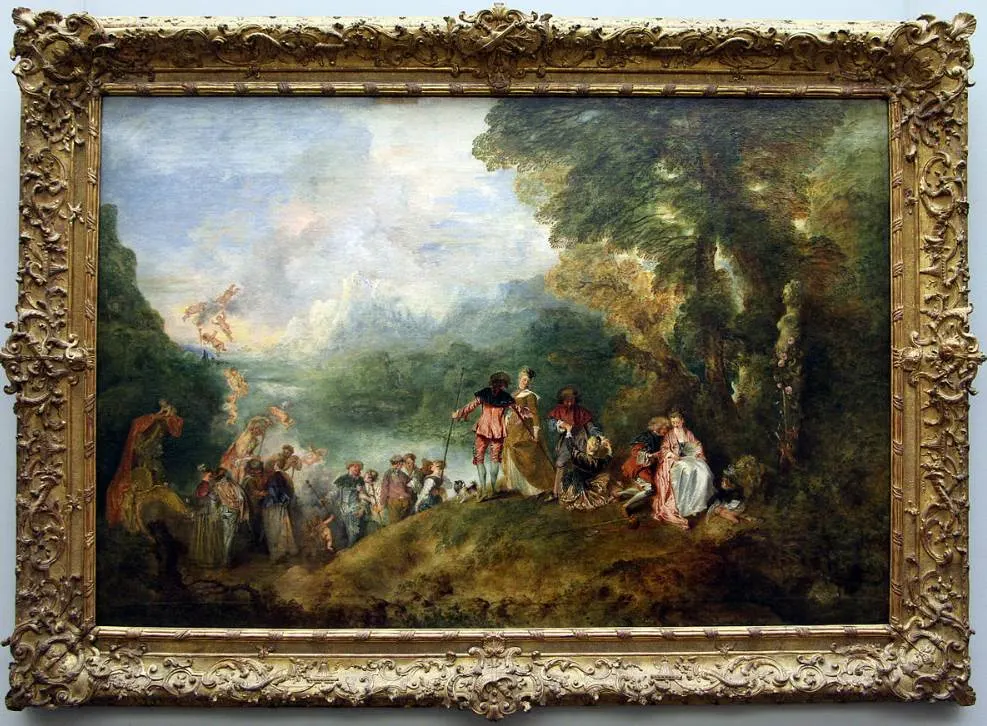A frail artist from Valenciennes, a city in the northern part of France, moved to Paris in the early 18th-century to make a name for himself as a painter.
While he only partially succeeded in his goal during his lifetime, this French artist did manage to transform the world of art in the 18th century and beyond by producing influential paintings.
Jean-Antoine Watteau (1684-1721) was pivotal in the transition between the ideals of the theatrical Baroque artists and those of the frivolous Rococo artists.
Let’s take a closer look at some of the most interesting facts about The Embarkation for Cythera by Jean-Antoine Watteau, one of the most amazing Rococo paintings ever produced for multiple reasons.
1. The painting was completed in the year 1717
The Embarkation for Cythera or “L’embarquement pour Cythère” is one of the most famous paintings by Jean-Antoine Watteau, a pioneering artist of the Rococo era in the early 18th century.
He moved from his native Valenciennes, a city that only recently became a part of France in the late 17th century, to Paris in the year 1702.
Here he worked in several workshops and developed a magnificent theatrical style inspired by renowned Baroque artists, especially the paintings of Peter Paul Rubens.
He completed this magnificent work of art in 1717, a time that he already developed his mature style that laid the foundation of the Rococo era.
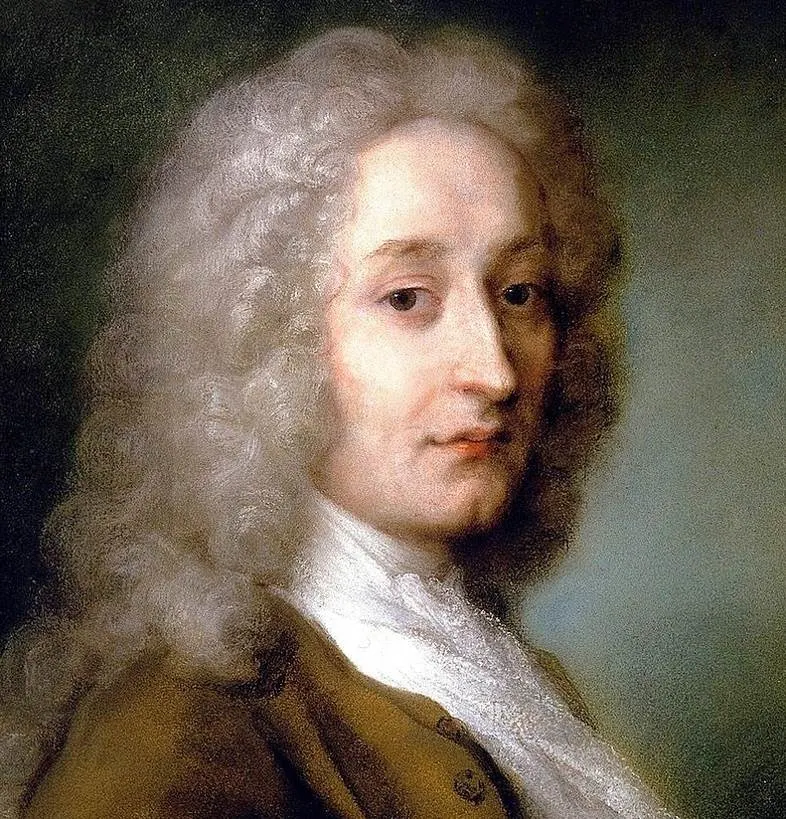
2. Watteau painted it for a specific reason
The artist didn’t win the Grand Prix of Rome in 1709, only earning second place. This means that he never managed to earn the scholarship which allowed him to study in Rome for one year.

He did manage to enter the Royal Academy of Painting and Sculpture in 1712 and became a full member in 1717.
The Embarkation for Cythera, a painting also referred to as “Voyage to Cythera” or “Pilgrimage to the Isle of Cythera,” was his so-called” Reception piece to the Academy in Paris.
This means that he used it to gain admission as a full member of the Académie Royale de Peinture et de Sculpture, an institution founded in 1648.
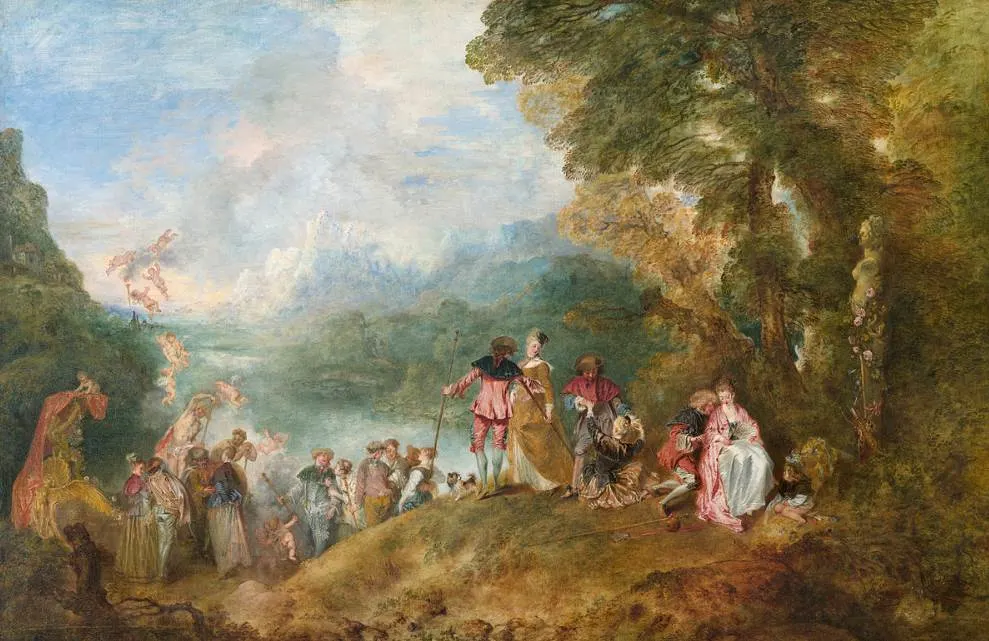
3. The painting probably depicts the people leaving this Greek island
There is no doubt about where the scene full of loving and elegantly-dressed people is situated. That’s the Greek island of Cythera.
This island is located in between Athens and Crete, slightly to the west, and was known in ancient times as the birthplace of the goddess Venus.
The painting depicts loving couples who are having a good time, nothing unusual on the island dedicated to love.
Despite the name of the painting, most art historians agree that it depicts couples who are departing from the island rather than arriving. Watteau didn’t clarify which one it is so we can only guess.
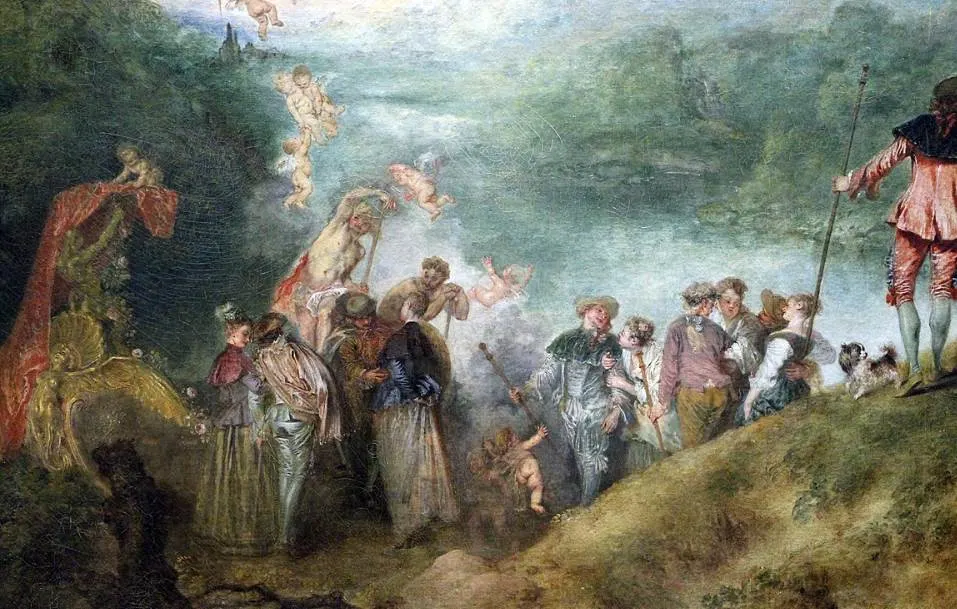
4. The subject was derived from a French play
It’s no secret that the paintings of Jean-Antoine Watteau were often inspired by his greatest passion in life apart from painting, the theater.
He sometimes used figures playing in one of the first professional theater groups from Italy called “Commedia dell’arte.”
The particular play that this painting might have been inspired by was a play by French dramatist Carton Dancourt called “Les Trois Cousines” or “The Three Cousins.”
One of the characters is a pilgrim girl who invites all of her friends to the island of Cythera with the promise that they will find their ultimate lover there.
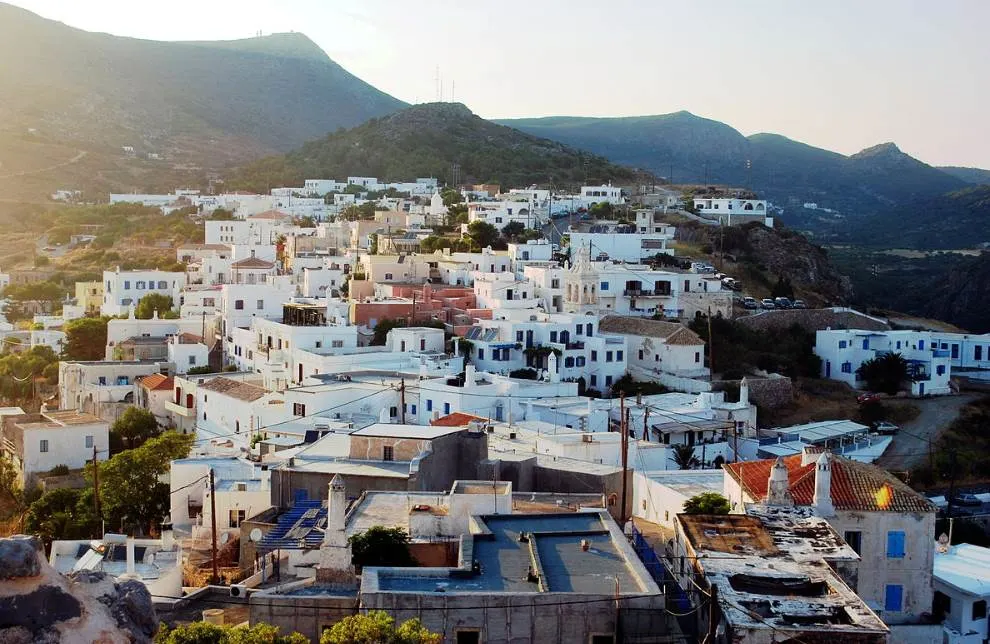
5. It’s the epitome of a genre painting that Watteau invented
The idyllic setting in which this painting takes place marked the start of a genre of painting called “fêtes galantes.”
Watteau is credited with inventing this type of painting in which finely dressed people of the bourgeoisie had a party in nature. These events took place following the death of French King Louis XIV.
The artist managed to find a balance between mythological subjects, such as a Greek island that is considered to be the birthplace of the Roman goddess of love, with everyday portraits of people.
This way he managed to get the approval of the academy and get his paintings in the highest-ranking order.
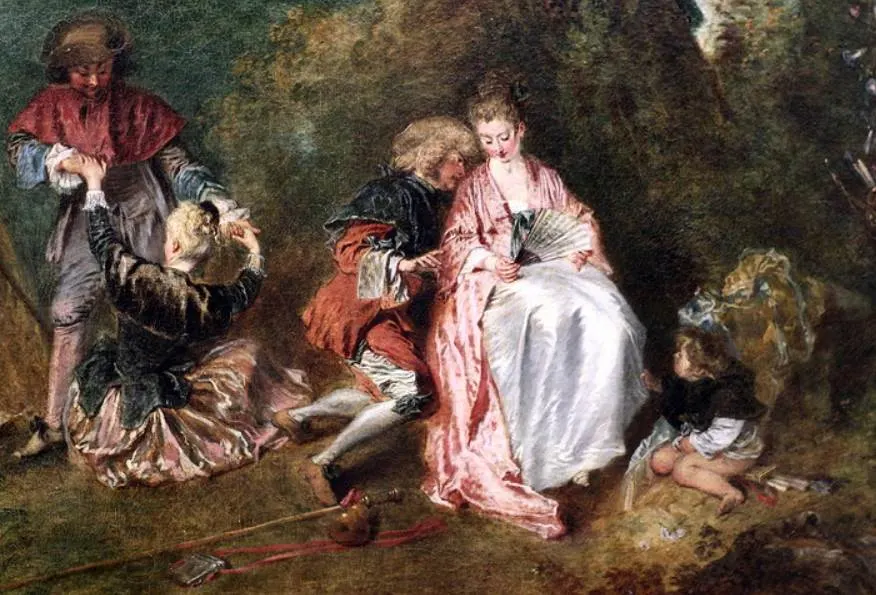
6. The artist made a second version of this subject as well
Just a year after he completed this painting he painted a similar work often referred to as “Pilgrimage to Cythera” (1718-1719) to distinguish both works.
The subject matter is fairly similar although he integrated even more exaggerated frivolity. Flying Cupids can be seen everywhere and it’s clear that the artist put more emphasis on the little details that define Rococo art in this work.
This painting is part of the collection of Charlottenburg Palace in Berlin.
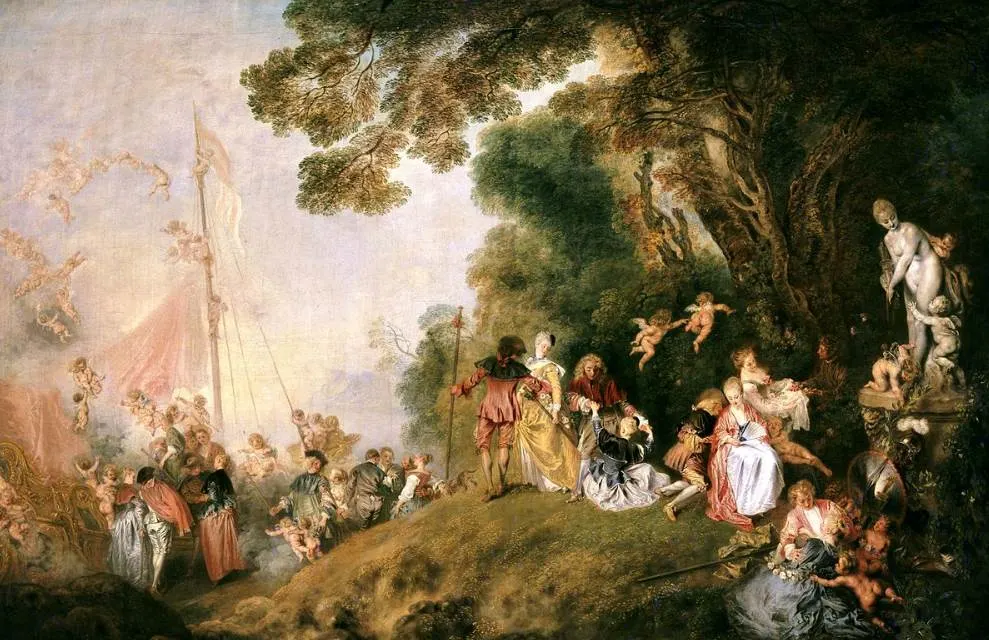
7. How big is The Embarkation for Cythera by Jean-Antoine Watteau?
The Embarkation for Cythera by Jean-Antoine Watteau is a monumental work of art and has a special place in the artist’s oeuvre.
It’s an oil on canvas painting that has dimensions of 129 x 194 centimeters (50.78 x 76.37 inches). The second version of the painting has the same size.
8. Where is the painting located today?
The painting was targeted by angry mobs when it was still on display at the Louvre Museum in 1795 at the height of the French Revolution.
The Revolutionaries saw Rococo art as the embodiment of the decadence of the Ancien Régime and it had to be placed in storage to avoid it being destroyed by angry protestors.
The turbulent times didn’t end with the Fall of Napoleon, but the appreciation for Rococo paintings returned in the 1830s.
The painting was put back in the most popular museum in the world and is still one of the major paintings at the Louvre Museum today.
